In recent years, energy conservation and emission reduction have become the trend of the times, and the lightweight of automobiles is also the general trend. Under these two major backgrounds, the use of aluminum alloy materials in automobiles has become more and more extensive, and more and more auto parts are formed by die-casting. As the core components of cars, most of the engine cylinder blocks are made of aluminum alloy and cast iron. Among them, die-cast aluminum alloy cylinder blocks have gained more and more recognition. Japanese, Korean, European and American automobile companies mostly use die-cast aluminum alloy cylinder blocks.
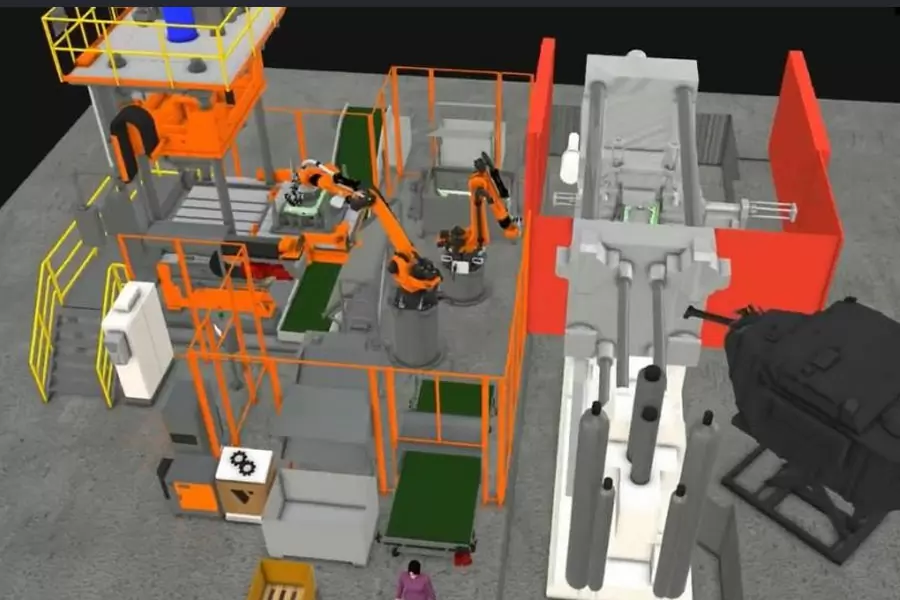
In the field of cylinder block production, ordinary sand cast iron cylinder blocks have the advantages of simple process, low cost, good rigidity and heat resistance, but there is also a shortcoming, that is, the weight is too large.
If you divide the crankshaft below the cylinder block and the cylinder liner above the cylinder block in two, use aluminum alloy below and cast iron on the top, you can do two things with one stone, which not only reduces the quality of the cylinder block, but also maintains the advantages of the cast iron cylinder block.
The lower cylinder refers to the lower part of the crankshaft of the engine after such a division into two. Because the lower cylinder body is a thick-walled part, and the wall thickness varies greatly, it is very difficult to die-cast molding. We learned from relevant domestic and foreign experience, designed and developed a set of lower cylinder die-casting technology for a 1.5T engine, and the test was very successful.
1. Difficulties in die casting of aluminum alloy lower cylinder block
The aluminum alloy lower cylinder casting mass is 8.4kg, the outline size is 382mm×258mm×67mm, the die casting mass is 11.1kg, the material is A380, and the average wall thickness is 7.2mm. Since the lower cylinder block is connected to the crankshaft, a cast iron insert needs to be placed at the bottom.
The die-casting process of the lower cylinder body casting is complicated, and the main difficulties are as follows:
- First, the casting needs to be placed in 5 pieces of cast iron inserts, and the cast iron inserts must be perfectly embedded on the aluminum alloy castings without separation.
- Second, the thickness of the lower cylinder body castings is as thin as 2mm at the thinnest part and 24mm at the thickest part, and the distribution is severely uneven.
- Third, due to the large difference in thickness between the two side walls of the insert, it brings great difficulty to the flow filling of the aluminum alloy liquid, and also tests its feeding ability.
- Fourth, aluminum alloy castings are prone to defects such as pores, shrinkage holes, cracks, and shrinkage porosity, and quality control is difficult.
2. Key points of die casting technology of aluminum alloy lower cylinder block
According to the test analysis, we believe that the main technical points of the die-casting production of the lower cylinder block are as follows:
- First, scientifically design the gating system of the cylinder block die casting. The insert position in the middle of the lower cylinder block is thin-walled, and the upper and lower parts are thick and large parts. Therefore, we choose single-side pouring, so that the molten aluminum can be fed from the bottom side. , Flow through the middle insert and reach the top.
- Second, we use tooth-shaped chilled exhaust block vacuum die-casting. The combination of tooth-shaped chilled exhaust block and vacuum machine can improve the problem of insufficient fluidity caused by thin side walls and ensure good casting quality.
- Third, in order to improve the wettability of the aluminum alloy liquid and the cast iron inserts, we preheat the inserts, which not only ensures that the cast iron and aluminum alloy do not separate after forming, but also improves the fluidity of the molten aluminum. After testing, the internal structure of the lower cylinder body we obtained is dense and the appearance is well formed.
In the process of die casting of the lower cylinder, scientific and reasonable process parameters are the guarantee for obtaining high-quality lower cylinder. We believe that the following process parameters are the key influencing factors for casting molding:
- First, die casting temperature.During the die-casting process, the temperature of the molten aluminum should be well controlled, because the temperature is too high or too low to achieve good casting results, too high will easily lead to shrinkage and shrinkage, and too low will easily lead to poor filling. Generally speaking, the reasonable temperature of molten aluminum should be between 650-665℃, and the temperature after spraying of the mold should be between 150-200℃.
- Second, the temperature of the insert.When the insert reaches 120-140℃, the molten aluminum overflows one side of the tank, which can improve the internal quality.
- Third, die casting fast and slow injection speed and pressure.The speed of fast injection and slow injection should be controlled at about 4m/s and 0.22m/s respectively, and the pressure should be controlled at about 70MPa.
- Fourth, the quality of molten aluminum.As the basic material of castings, the quality of molten aluminum determines the quality of castings. Therefore, to ensure the quality of molten aluminum, each package of molten aluminum must be refined and degassed to avoid pollution.
3. Defects in die casting of aluminum alloy lower cylinder and countermeasures
After the casting was formed, we performed X-ray inspection on the casting and found that the casting had some internal defects, such as shrinkage cavities, pores, and shrinkage porosity.
In order to improve defects and improve quality, we have proposed corresponding countermeasures, the main directions of which are as follows:
- First, improve the overflow tank structure. The overflow groove has the functions of expelling gas in the cavity, storing mixed gas, and transferring shrinkage/shrinkage parts. After repeated trials and research, we found that we can use methods such as extending and adding overflow grooves to improve shrinkage, pores and other defects. Since there are more shrinkage and porosity in the middle of the casting, the filling pressure will be affected if the overflow port is set on a large plane, so the vertical overflow port is usually selected.
- Second, optimize the mold cooling system. Shrinkage holes in castings generally appear at locations where the local temperature is too high or the wall thickness is too large. Through research, we found that the higher temperature at the thicker side walls can easily cause shrinkage cavities. Since the minimum diameter of the spot cooling pipe initially selected is 12mm, which cannot effectively cool the above-mentioned locations, we have improved the structure of the cooling water pipe, using high-pressure cooling equipment and a stainless steel spot cooling pipe with an inner diameter of 4mm. We cooled the mold cores on both sides of the casting to about 180°C, which greatly reduced the shrinkage phenomenon and greatly improved the quality of the casting.
- Third, improve the separation of inserts. In view of the separation phenomenon between inserts and aluminum alloy castings, we have adopted the following measures: first, use thinner to clean the inserts to improve wettability; second, perform positioning hole inspection and appearance inspection on the inserts, using steel wire Part of the rust-spotted inserts was removed; thirdly, the preheating test was carried out on the inserts. The study found that when the temperature reaches 120℃ or higher, the problem of insert separation can be effectively solved.
4. Conclusion
In recent years, with the advancement of my country’s energy saving and emission reduction policies and the general trend of automobile lightweight, aluminum alloy materials are used more and more widely in automobiles, and more and more auto parts are formed by die-casting, including the core components of automobiles— engine. At present, the use of aluminum alloy casting lower cylinder has become a trend, which can reduce the weight of the cylinder and obtain a better quality of the cylinder. However, due to the complex structure of the lower cylinder body and the large difference in wall thickness, the die-casting of the aluminum alloy lower cylinder body is more difficult.
Through experimental research, this paper analyzes the difficulties in die casting technology of aluminum alloy lower cylinders, and proposes a scientifically designed cylinder die casting casting system, using tooth-shaped chilled exhaust block vacuum die casting technology to preheat the inserts and other aluminum alloys. Key points of die-casting technology of lower cylinder block. In addition, it also summarizes the die casting defects of aluminum alloy lower cylinder block, such as shrinkage cavities, pores, shrinkage porosity and so on, and proposes related countermeasures, which provide a theoretical reference for the die casting of automotive engine aluminum alloy lower cylinder block.
If you are looking for dependable volume manufacturing metal parts supplier with High pressure die casting service who offers you competitive price, good service and quality for aluminium die casting, zinc, or magnesium die casting, then BE-CU Prototype are surely a partner you are looking for to fulfill all your die casting needs. With quality service and state of art technology, BE-CU indeed claim in providing quality pressure die casting including aluminum/zamak/magnesium alloy castings to our customers all over the world. To work with us,be-cu don’t just stop at taking your order and delivering your die casting products. be-cu are there for you at every step right from your preferred selection of aluminum die casting, Zamak die casting (Zamak 2, Zamak 3, Zamak 5, Zamak 8) or magnesium die casting products and services to post-order phase. In brief, once you become our customer, be-cu are with you every step on the way. The Detail Of BE-CU Die Casting Company

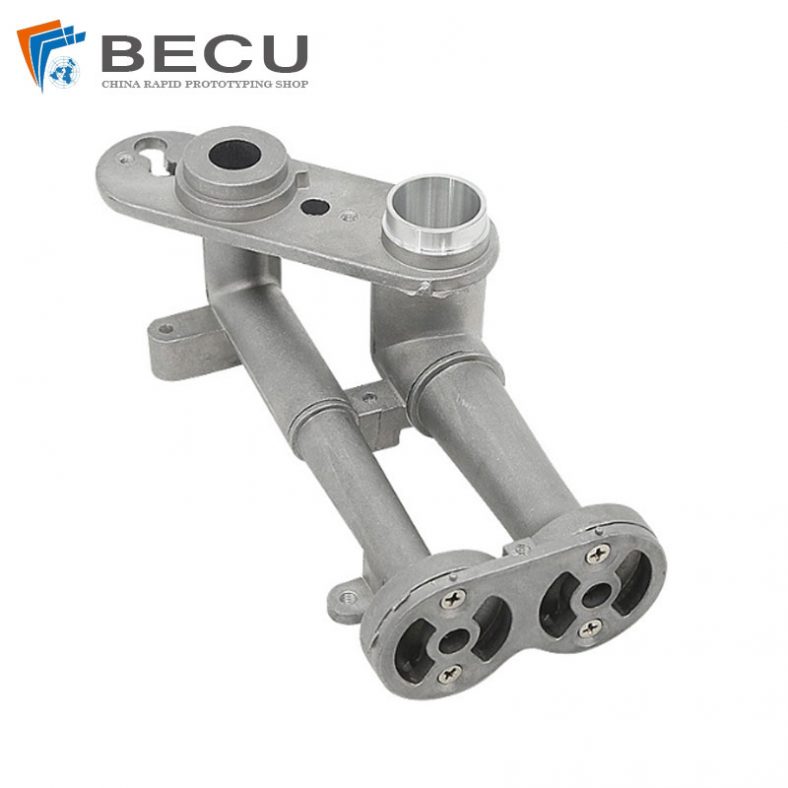
CNC Machining Gas Stove Bottom Joint

Gravity Die Casting Custom Street Light Heat Sink
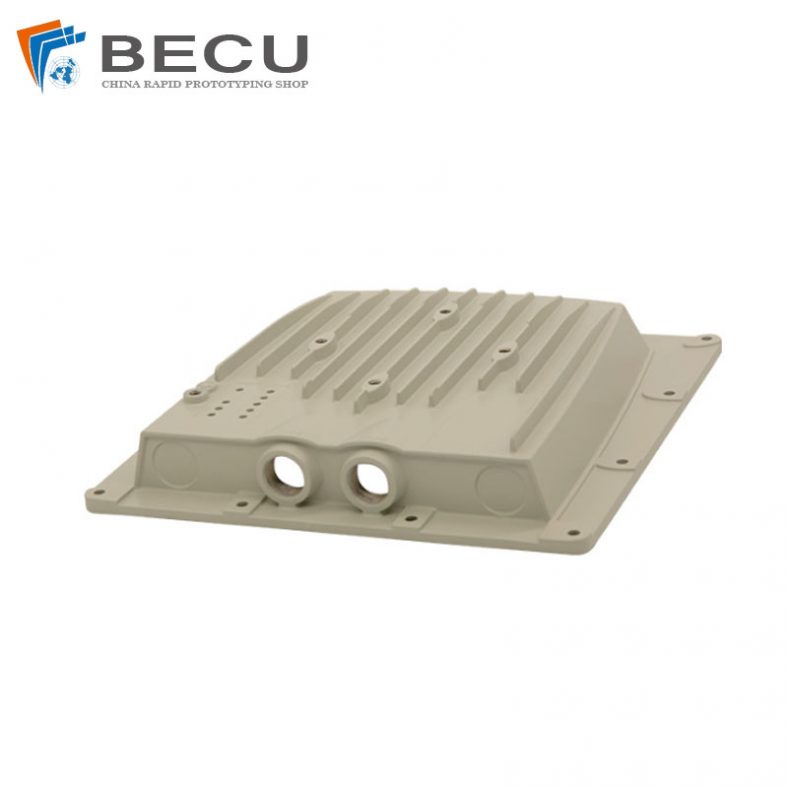
Die Casting LED Canopy Lights Heatsink For Gas Station
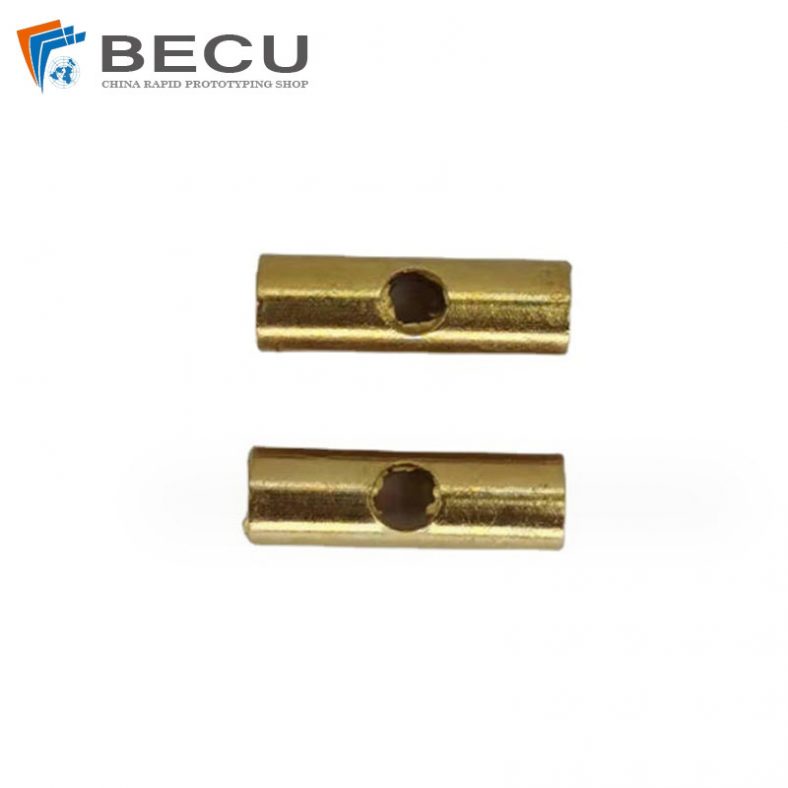
Zinc Die Casting PA10 Transformer Connector Terminal
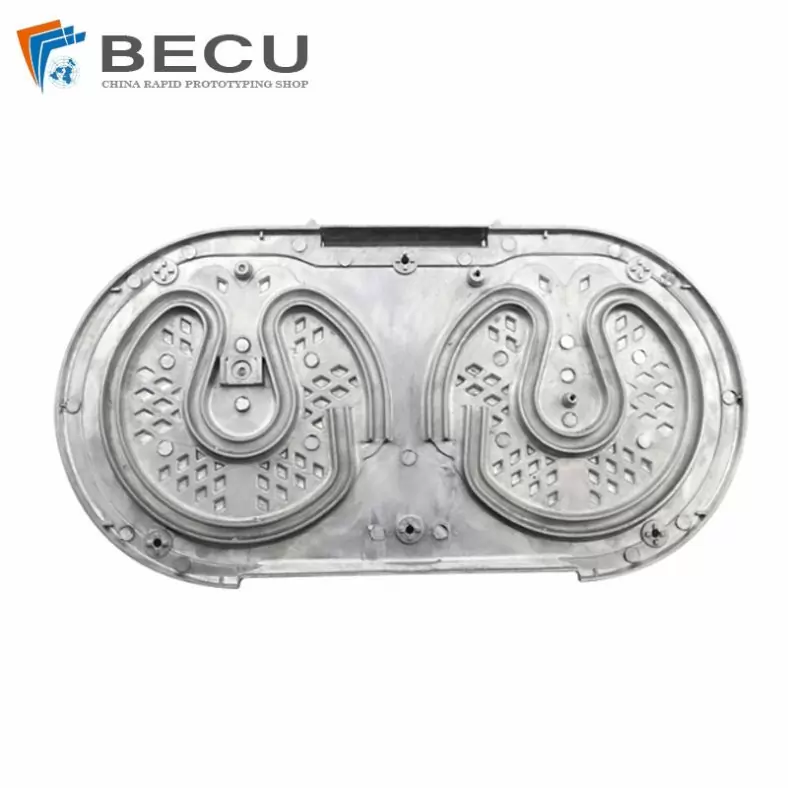
Die Casting Aluminium Cookware Chassis

Die Casting Wheels With Aluminum Alloy 5 Axis CNC Machining
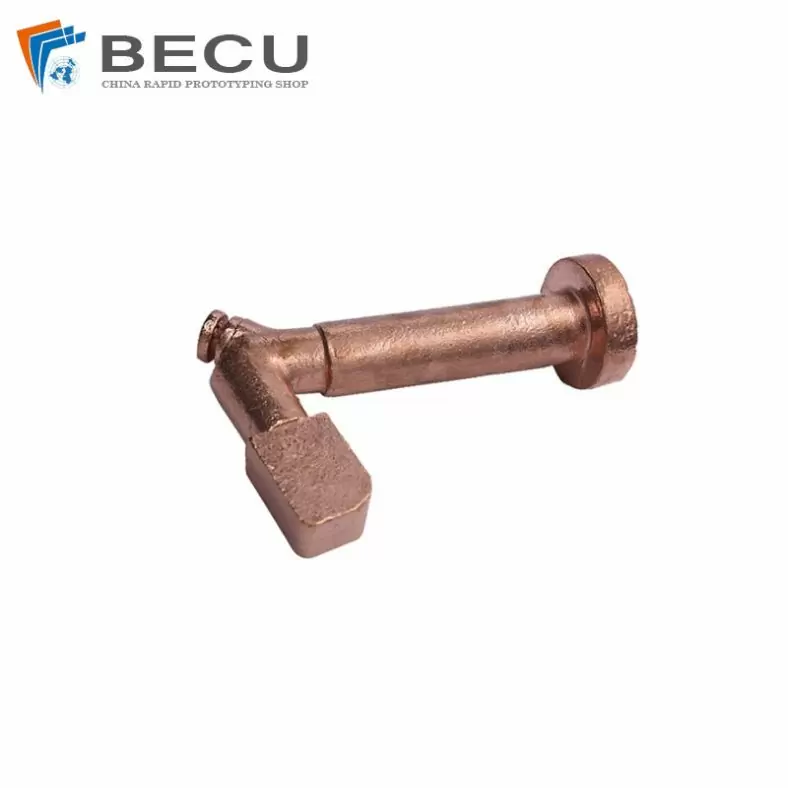
Precision Machined Copper Die Casting Parts
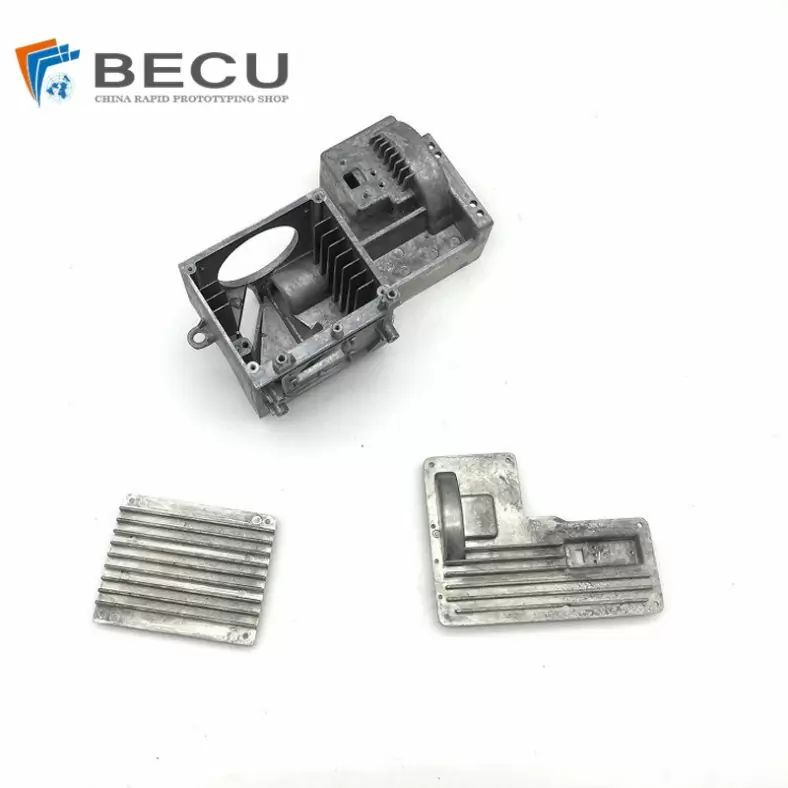
Professional Small Baler Aluminum Alloy Die-casting Mold Production
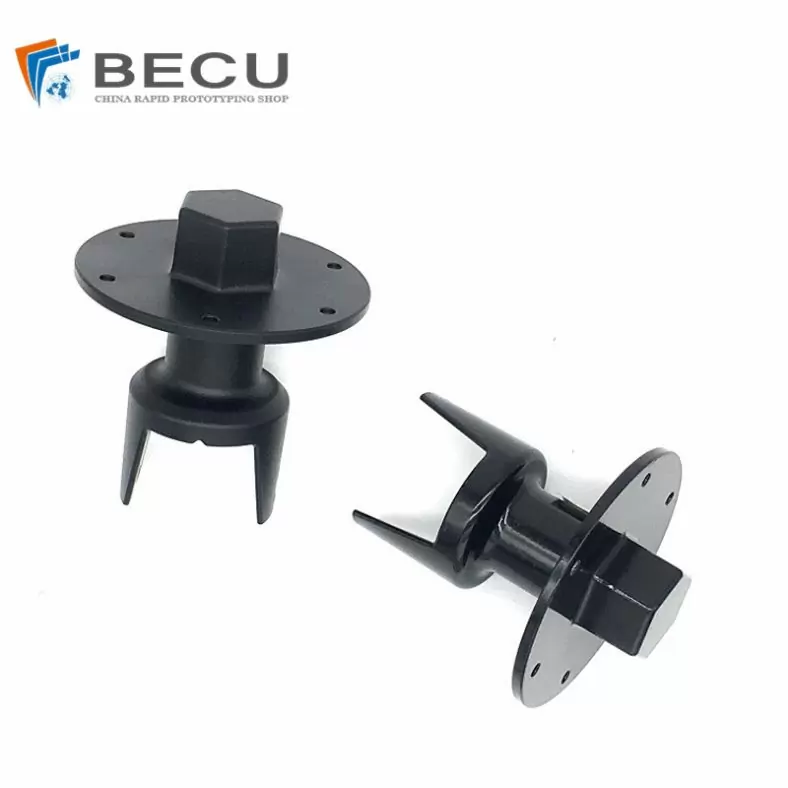
China Die Casting Factory Manufactures Surface Sprayed Aluminum Valve Body
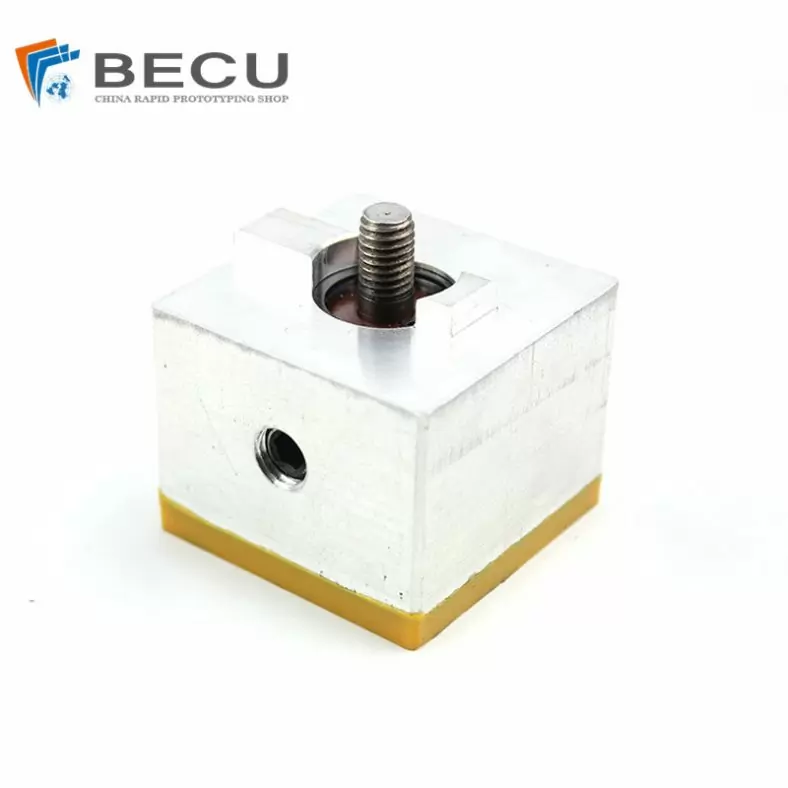
Extrusion Die-casting Polyurethane-Coated Aluminum Alloy Profiles

Custom Precision Aluminum Die Cast Brackets and Finishes
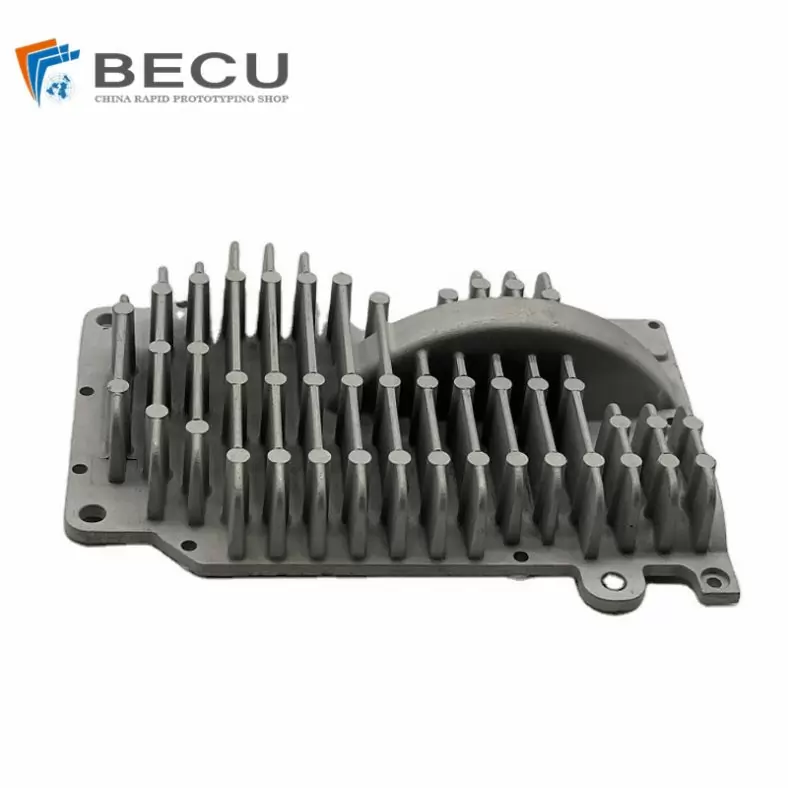
Extrusion Die-casting Magnesium Alloy Heat Sink Shell
